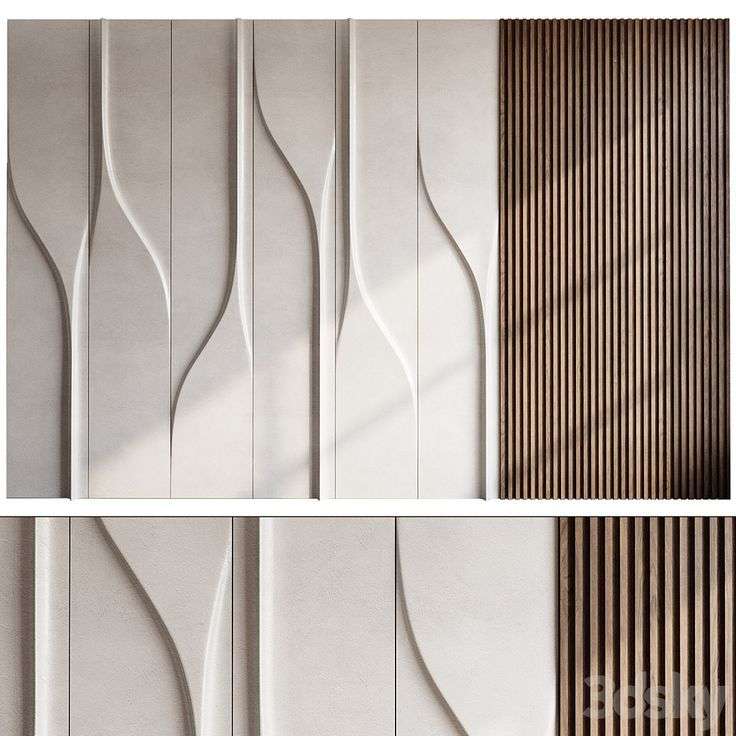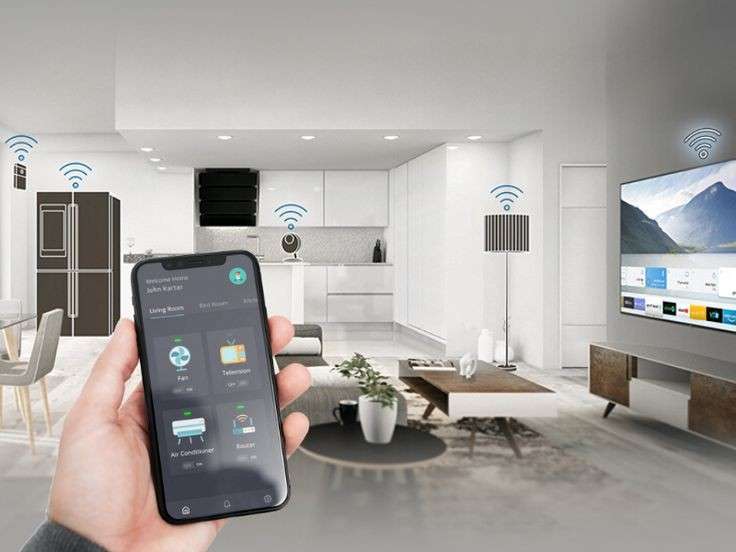Interior design is more than just decorating a space — it’s a reflection of culture, technology, and human expression throughout history. From the ornate palaces of ancient Egypt to the sleek, functional spaces of today, the history of interior design tells a captivating story of how people have lived, worked, and created beauty around them.
In this blog, we’ll explore the evolution of interior design styles through the ages and see how different design movements have influenced the way we live today.

1. Ancient Interior Design Styles
Egyptian Interior Design (circa 3100–30 BC)
The history of interior design begins in ancient Egypt, where interiors were symbolic and spiritual. Homes of the wealthy featured painted walls, intricate carvings, and luxurious furniture made of ebony and gold.
Key features:
- Use of symbols and motifs (like the ankh and scarab)
- Bright colors and decorative columns
- Wicker furniture and alabaster vases
Greek and Roman Interior Design
The Greeks emphasized balance, proportion, and harmony, while the Romans brought grandeur and luxury to interiors with frescoes, mosaics, and marble finishes.
Popular design elements:
- Open courtyards (atriums)
- Ornate wall art and tiled floors
- Classical columns and symmetry
2. Medieval and Gothic Design (5th–15th Century)
During the Middle Ages, interior design styles took a darker and more practical turn. Castles and manors used heavy wooden furniture, stone floors, and large tapestries for insulation.
Gothic interior design emerged with pointed arches, stained glass windows, and dramatic, cathedral-like aesthetics.
Key features:
- Vaulted ceilings and high arches
- Heavy, carved furniture
- Rich fabrics like velvet and brocade
3. Renaissance to Baroque (15th–18th Century)
The Renaissance interior design revived classical Greek and Roman ideals, focusing on elegance, art, and geometry. As Europe entered the Baroque period, interiors became more expressive and theatrical.
Baroque design features:
- Lavish decoration and gilded finishes
- Grand staircases and dramatic lighting
- Curved lines and extravagant mirrors
4. Rococo and Neoclassical Interiors (18th Century)
Rococo design was more playful and feminine than Baroque, featuring pastel colors, floral patterns, and ornamental furniture. Neoclassicism followed, emphasizing simplicity and symmetry inspired by ancient Rome.
Neoclassical interior elements:
- Clean lines and muted tones
- Classical busts and columns
- Refined, timeless elegance
5. Victorian Era (19th Century)
The Victorian interior design style was a hallmark of the Industrial Revolution. Homes were filled with ornate furniture, patterned wallpaper, and decorative knick-knacks.
Signature elements:
- Dark wood and heavy drapery
- Pattern layering (florals, damasks, paisleys)
- Cluttered but cozy spaces
6. Modernism and Mid-Century Modern (20th Century)
With the rise of technology and mass production, interior design trends shifted toward simplicity and functionality. The Modernist movement introduced minimalism and clean lines, while Mid-Century Modern added warmth and organic shapes.
Modern design keywords:
- Open floor plans
- Neutral palettes and natural materials
- Iconic furniture (Eames, Le Corbusier)
7. Postmodern and Contemporary Styles
Postmodernism broke the rules by combining past styles with humor and exaggeration. Today’s contemporary interior design focuses on sustainability, minimalism, and smart technology.
Trending features:
- Eco-friendly materials
- Neutral tones with bold accents
- Smart homes and multifunctional furniture
Conclusion
The evolution of interior design reflects the changing needs, tastes, and values of each era. From the opulence of Baroque to the sleek lines of modern minimalism, every period in history has left a unique mark on how we design our spaces.
Whether you’re a design enthusiast or planning your dream home, understanding the history of interior design can inspire timeless choices and spark creative ideas.



